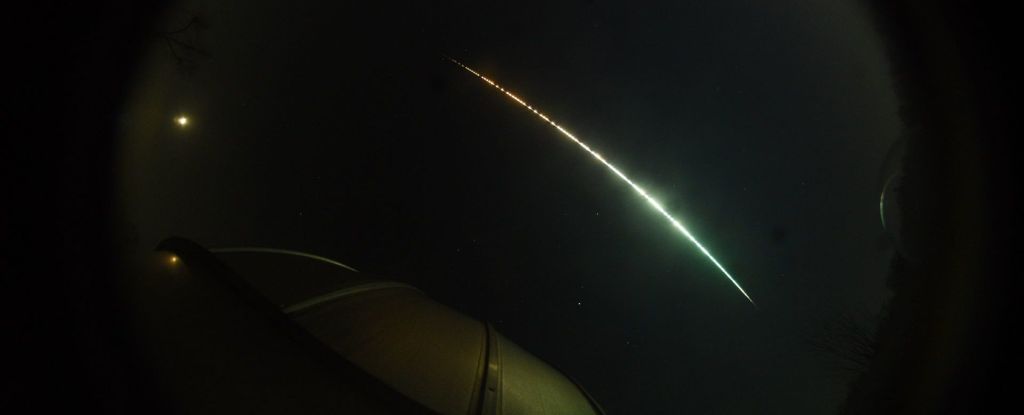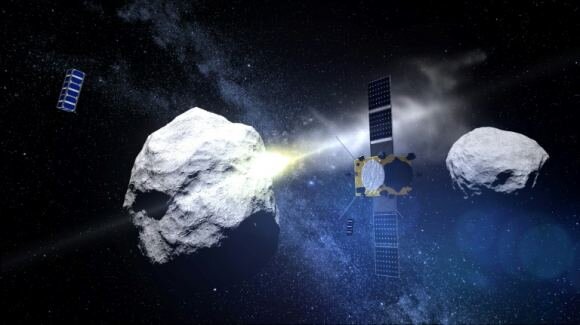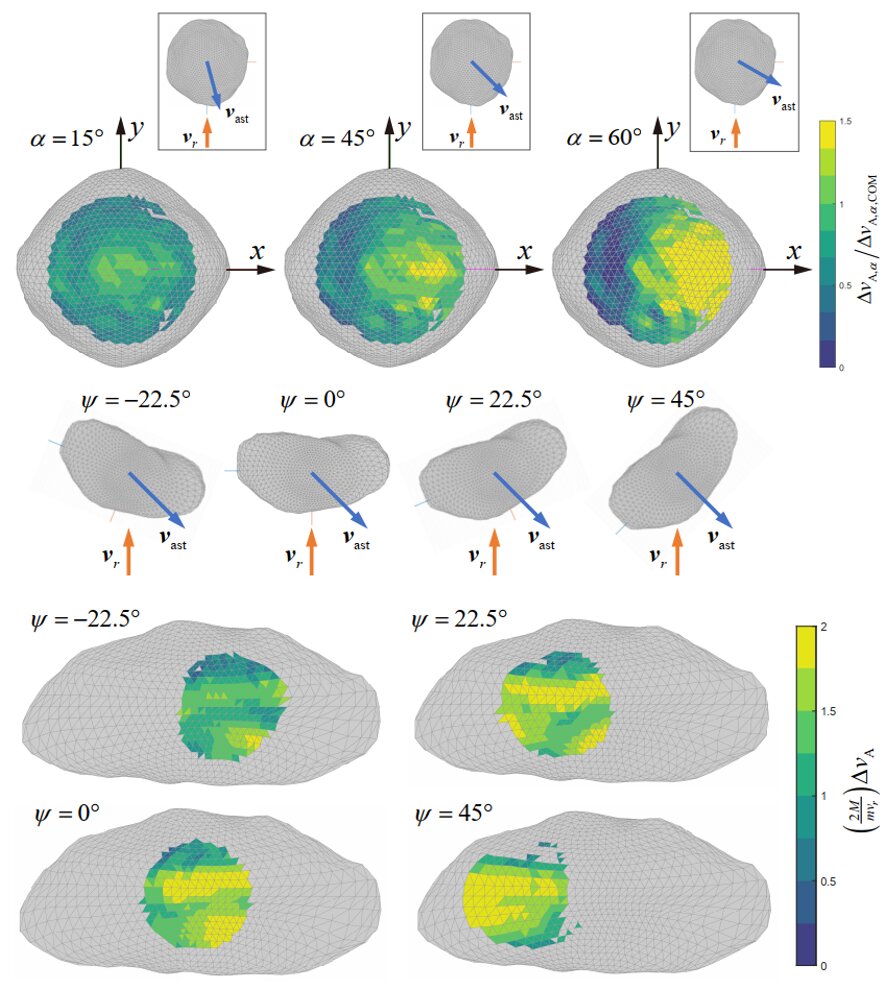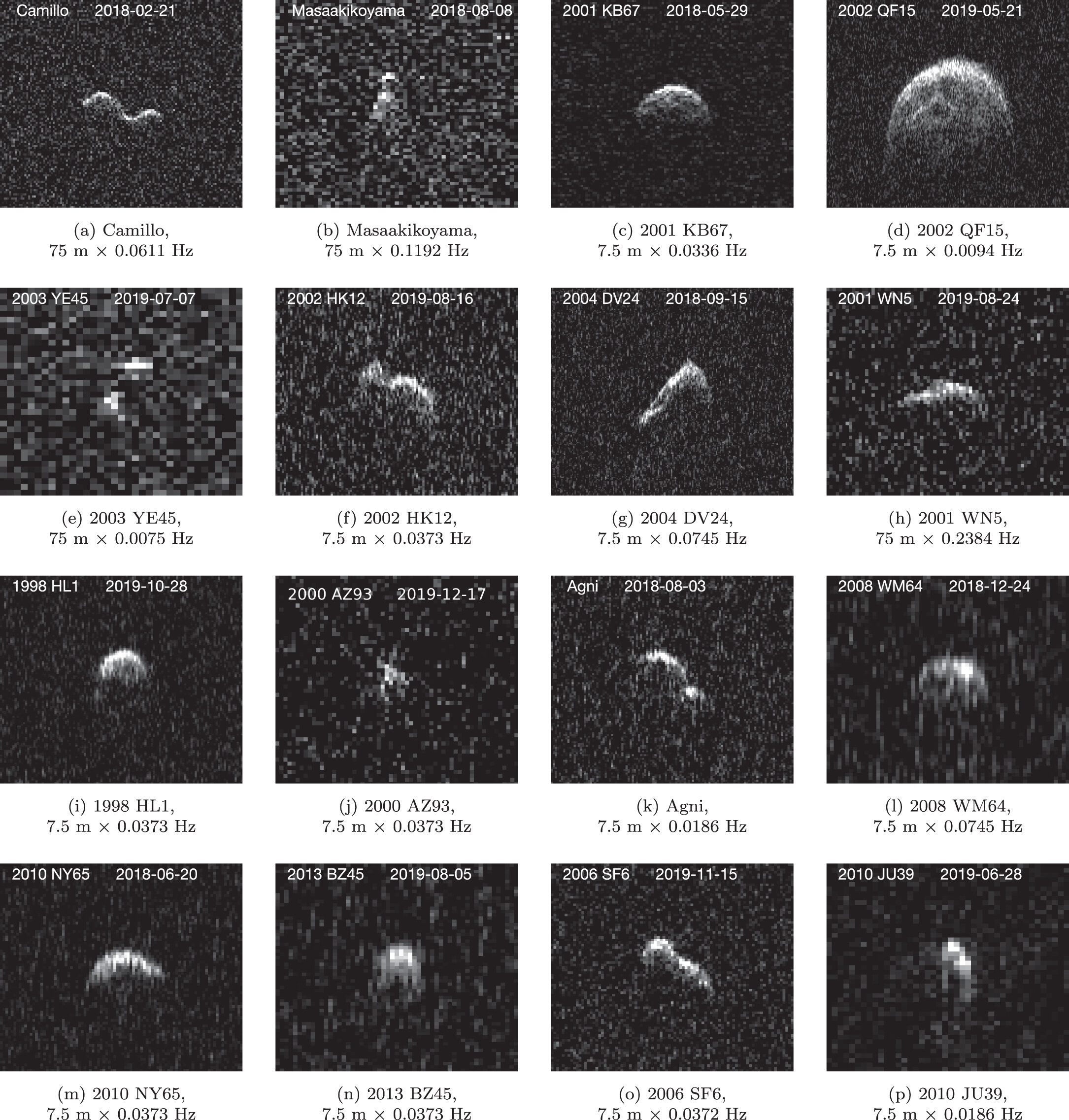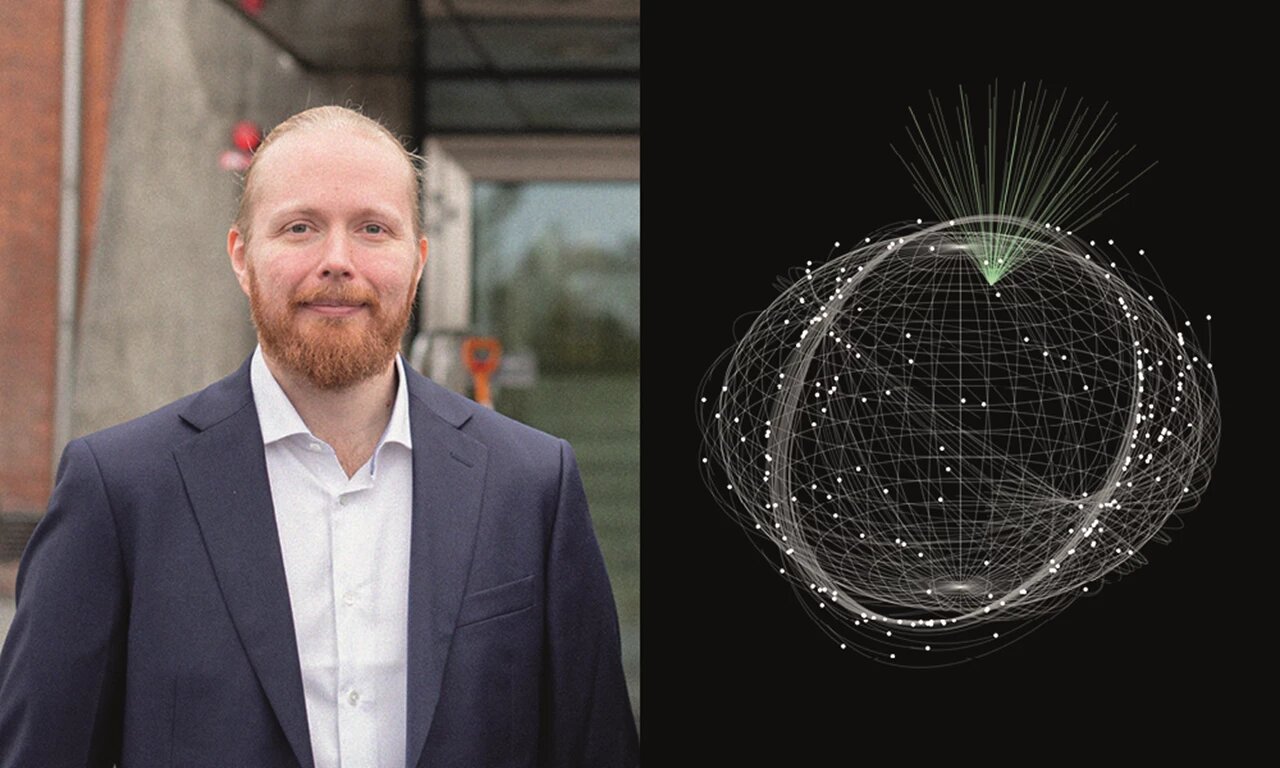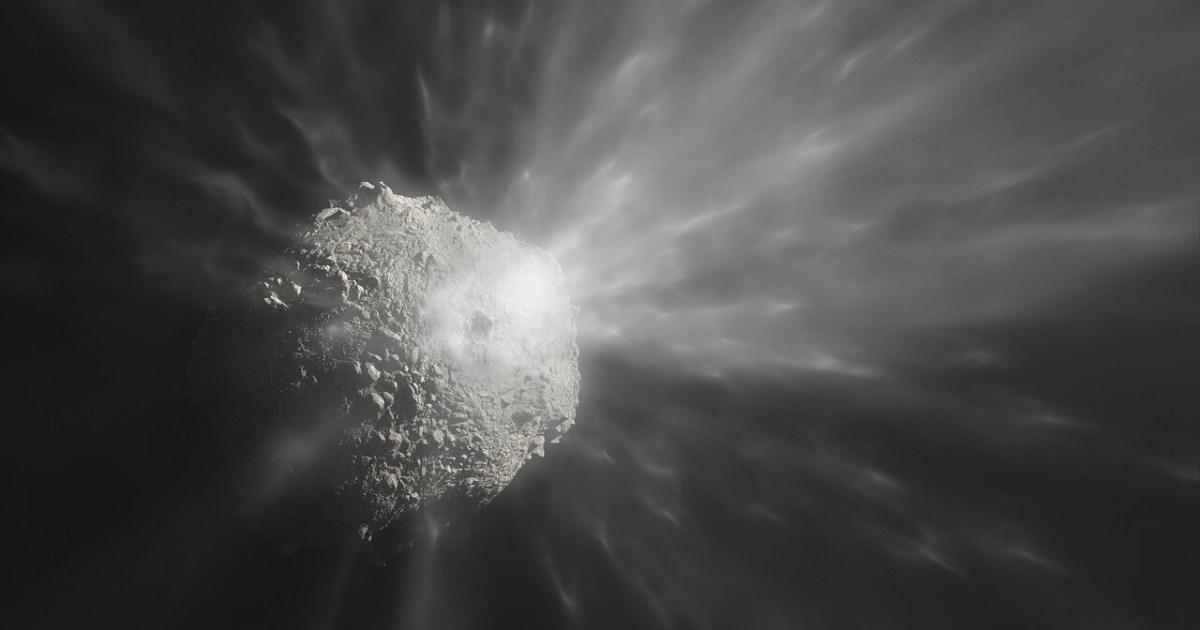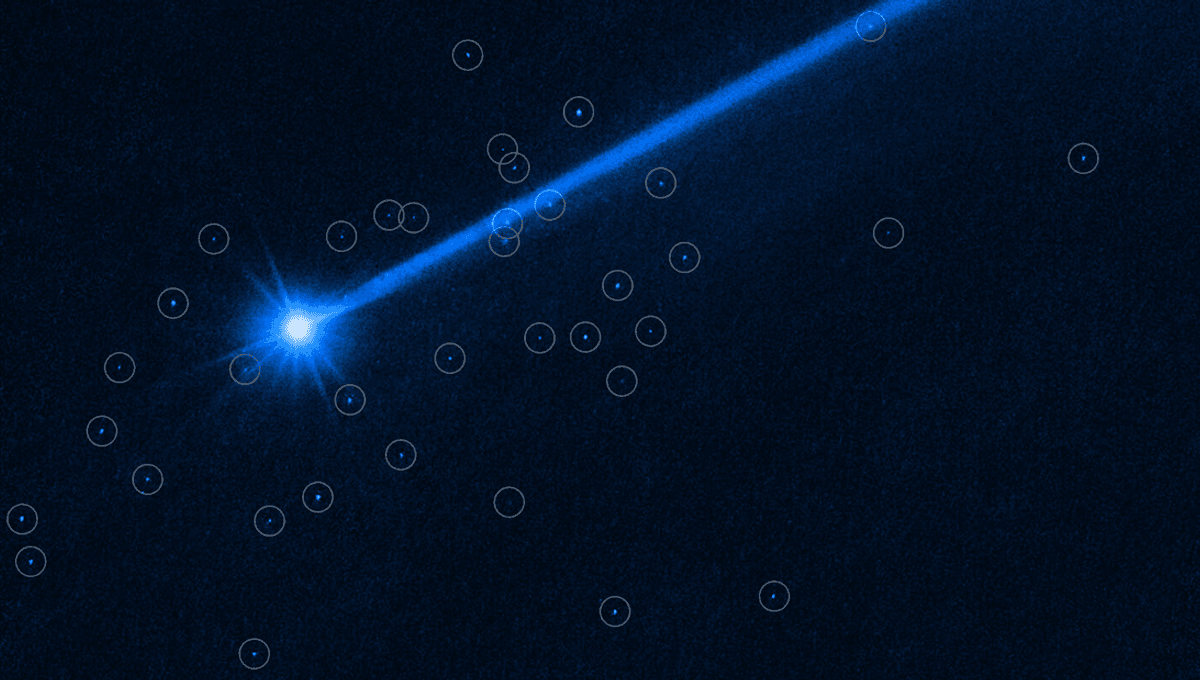May 23, 2023
"If an asteroid one day is discovered heading for the Earth, what would you do?" The impetus for the DART mission was to answer that question, says Andy Cheng, DART investigation team lead.
Developed and led for NASA by the Johns Hopkins APL, DART demonstrated the planetary defense technique known as the kinetic impact on Sep 26, 2022. The DART spacecraft slammed into the moon of an asteroid and shifted its orbit, taking a critical step in demonstrating ways to protect our planet from a potentially hazardous impact. DART used an autonomous targeting system to aim itself at Dimorphos. The spacecraft, roughly the size of a small car, struck the smaller body at about 4 miles per second. Telescopes on Earth observed the asteroid system and measured the change in Dimorphos’ orbit around Didymos. A ride-along CubeSat named LICIACube, built by the Italian Space Agency, separated from DART before impact to observe the collision.
Prior to DART’s impact, it took Dimorphos 11 hours and 55 minutes to orbit its larger parent asteroid, Didymos. Since DART’s intentional collision with Dimorphos on Sept. 26, astronomers have been using telescopes on Earth to measure how much that time has changed. Now, the investigation team has confirmed the spacecraft’s impact altered Dimorphos’ orbit around Didymos by 32 minutes, shortening the 11-hour and 55-minute orbit to 11 hours and 23 minutes. This measurement has a margin of uncertainty of approximately plus or minus 2 minutes.
Before its encounter, NASA had defined a minimum successful orbit period change of Dimorphos as a change of 73 seconds or more. This early data show DART surpassed this minimum benchmark by more than 25 times.
In this video, the DART team looks back on the success of the world's first Planetary Defense test mission.
https://dart.jhuapl.edu/


